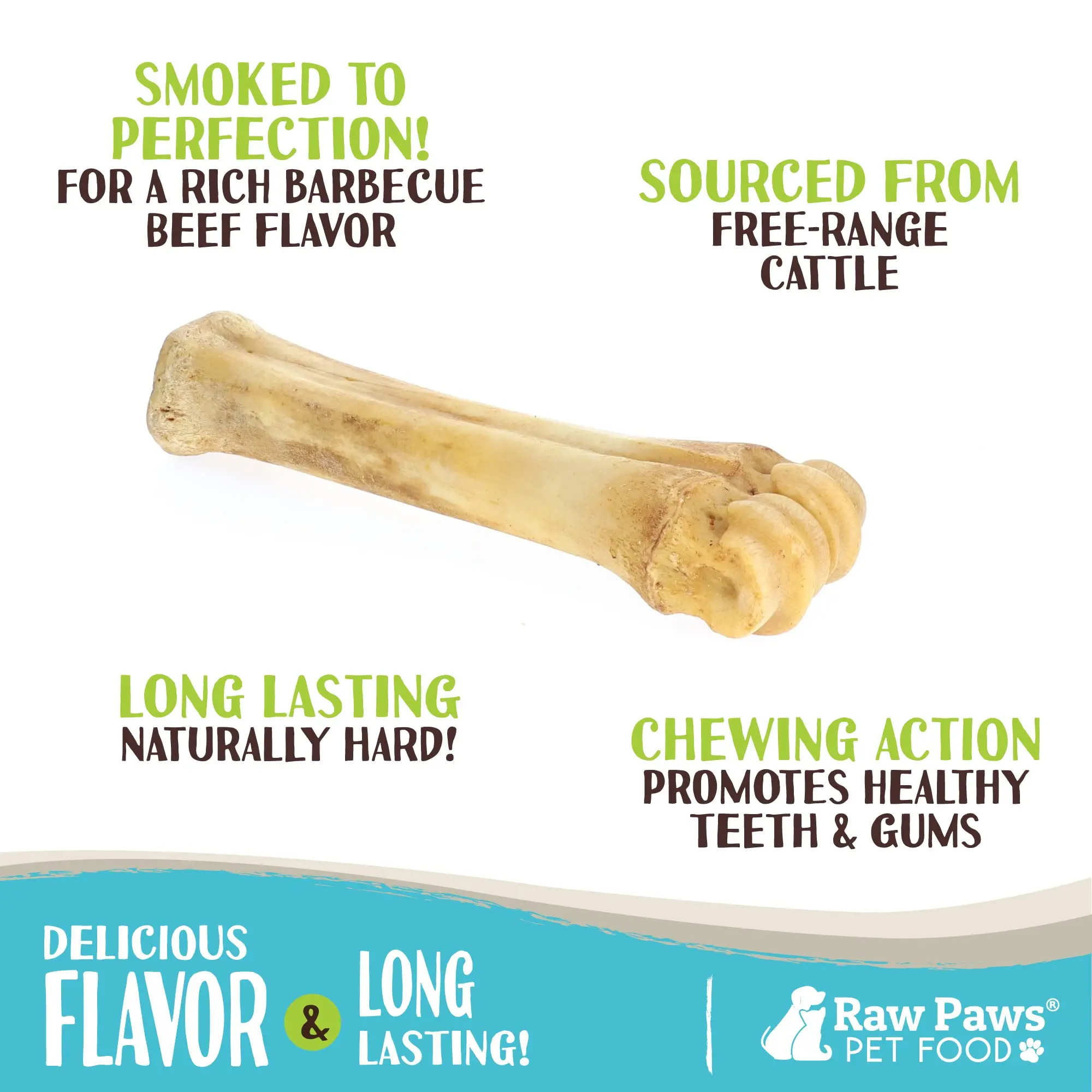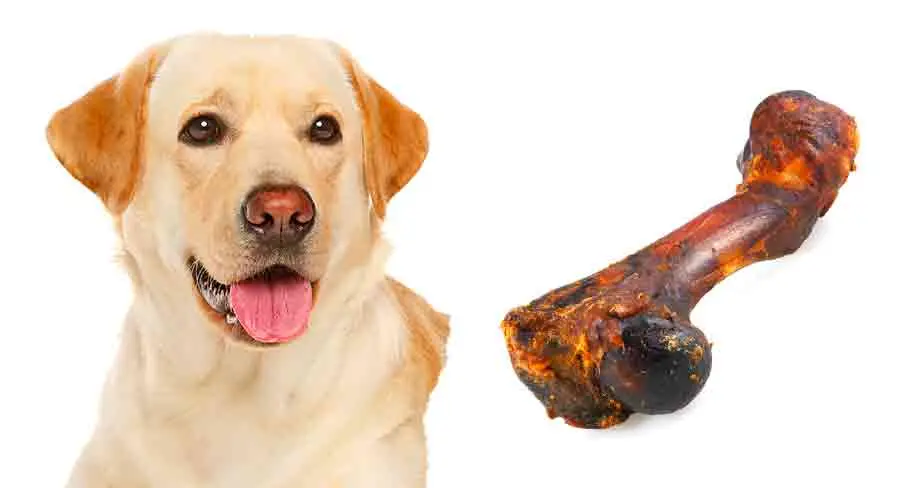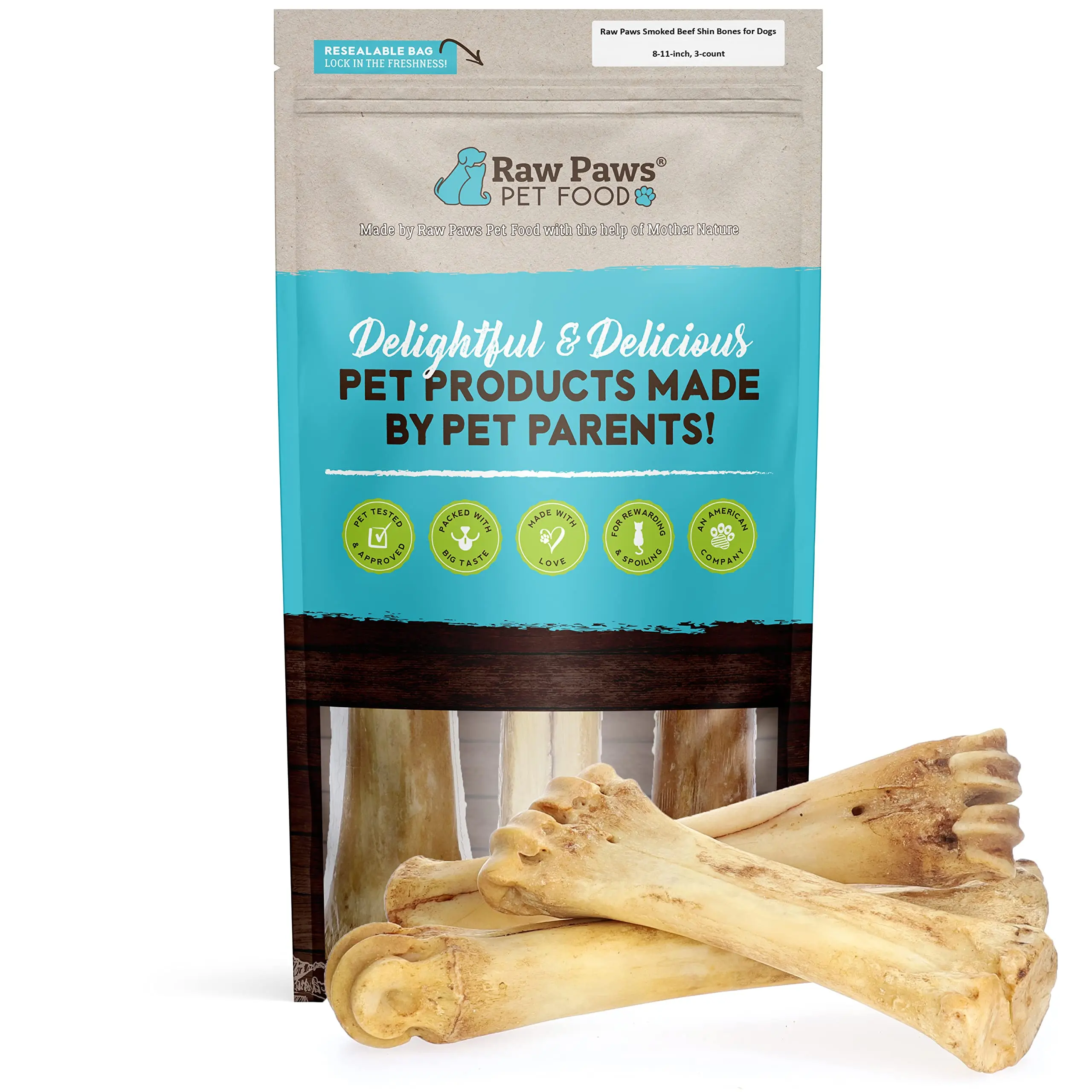When it comes to feeding bones to dogs, there is often confusion about whether raw or smoked bones are better. Many veterinarians advise against feeding bones to dogs, but this perspective is based on misinformation. In reality, bones are a natural and essential part of a carnivore's diet. The issues with bone feeding arise when dogs are on a processed food diet, which makes it harder for them to digest bones and can lead to health problems.
Why are Bones a Problem for Dogs?
Processed pet foods contain high levels of carbohydrates, which can have detrimental effects on a carnivore's physiology. Carbohydrates alter stomach acid levels, making it difficult for dogs to handle raw meats, proteins, fats, and bones. This is why bones become a problem for pets fed a processed diet. However, when fed a species-appropriate raw food diet, most dogs can digest bones without any issues.

How to Select Safe Bones for Dogs
When feeding bones to dogs, it's important to choose the right types of bones. Raw meaty bones that are soft and entirely edible should be fed raw. Suitable options include bones from poultry (such as wings, legs, feet, and carcasses), lamb, kangaroo tails, pig's trotters, and brisket bones. However, it's crucial to avoid feeding marrow bones from cattle, as they can break a dog's teeth. These bones are designed to bear the weight of heavy animals and are extremely dense and strong. In the wild, dogs usually leave these bones alone. Chicken necks are also likely to cause choking or constipation and should be avoided.
How to Assist Safe Bone Ingestion
Before feeding bones to your dog, make sure they have been eating a raw diet for at least 7-14 days (longer for older animals or those with gastrointestinal issues). This allows their stomach acid to recover and become strong enough to break down bones. Including green tripe in their diet can promote strong stomach acid and aid in bone digestion. It's also recommended to feed bones with a small meal, as this promotes the secretion of stomach acid, preparing the body for bone digestion. The size of the bone should be roughly the size of your dog's head or larger, encouraging them to bite off small pieces rather than attempting to swallow the whole bone.
- Feed bones supervised and never leave your pet unattended with bones.
- Create separate bone feeding areas in multi-pet households to avoid conflicts.
- Feed bones at least twice a week to prevent them from becoming a rare resource.
- Feed approximately 10% of your pet's diet as bone, as too much bone can lead to constipation.
- If your pet has difficulty digesting bone, dust the bones with ground oats or finely shredded coconut before feeding.
My Pet Won't Eat Bones
If your pet refuses to eat bones, there could be several reasons:

- They are fed too often or too much food, and aren't hungry enough to eat a bone.
- They don't have the jaw strength to break apart the bone.
- They don't recognize the bone as food.
- They have issues around food poverty and save the bone 'just in case'.
- They have dental disease, and it hurts to eat bones.
Most of these reasons can be addressed with appropriate treatment. If your pet cannot handle whole bones, ground bone should be included in their diet, or a calcium supplement may be required.
Benefits of Bone Feeding
Bones are an essential component of a balanced natural diet for carnivores. They provide minerals such as calcium and phosphorus in the proper balance. Additionally, bones act as nature's toothbrush, promoting dental health in dogs. However, it's important to note that bones alone cannot replace proper dental care. Regular tooth brushing, dental cleanings, and other dental hygiene practices are still necessary to prevent dental disease in pets.
Feeding bones to dogs not only provides nutritional benefits but also offers mental and physical exercise. Chewing bones can be an enjoyable and stimulating activity for dogs. By following the guidelines mentioned above, you can ensure that your pet safely enjoys the benefits of bone feeding.
If you want to know other articles similar to Raw vs smoked bones for dogs: which is best? you can visit the Feeding-bones category.

